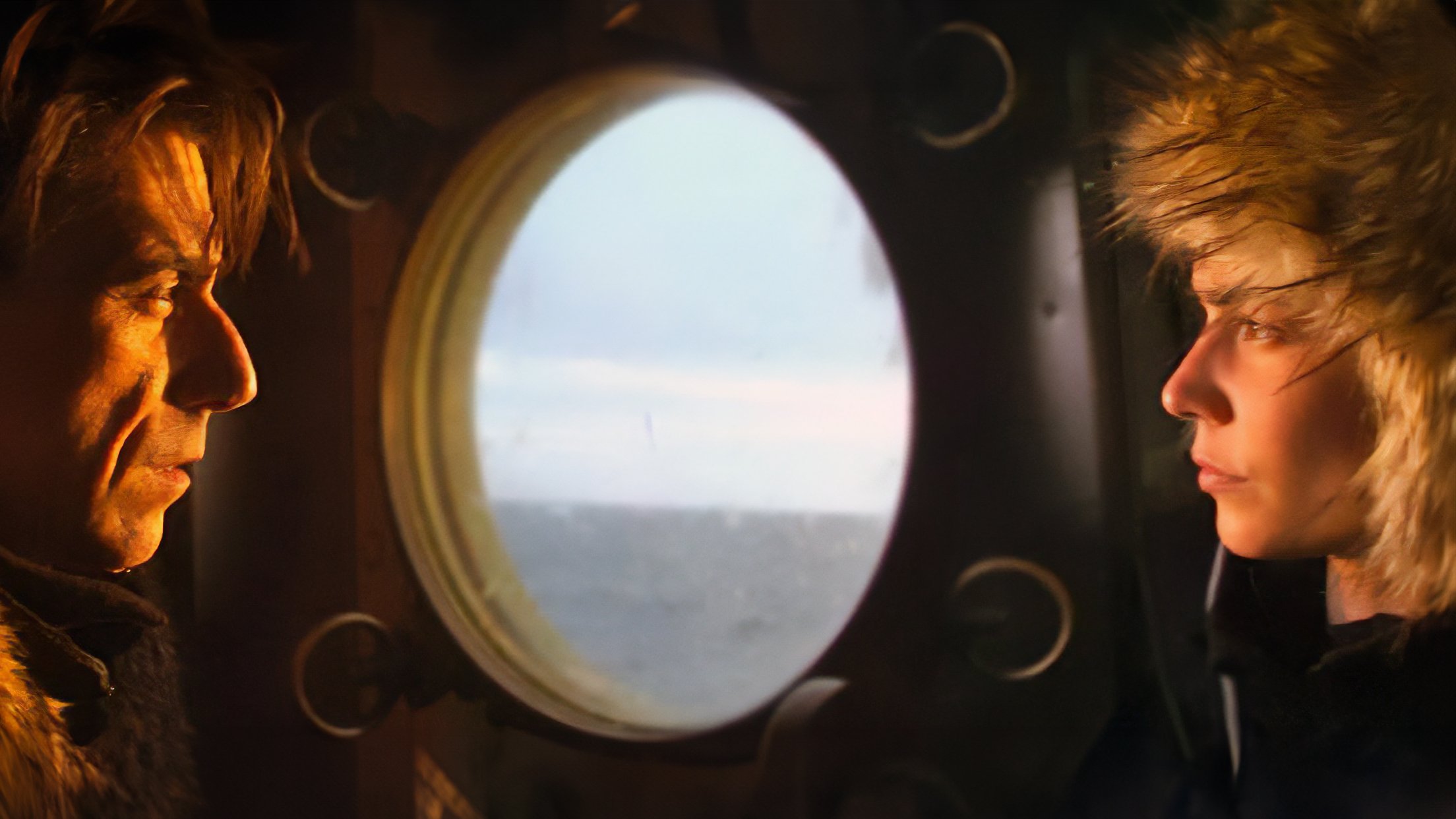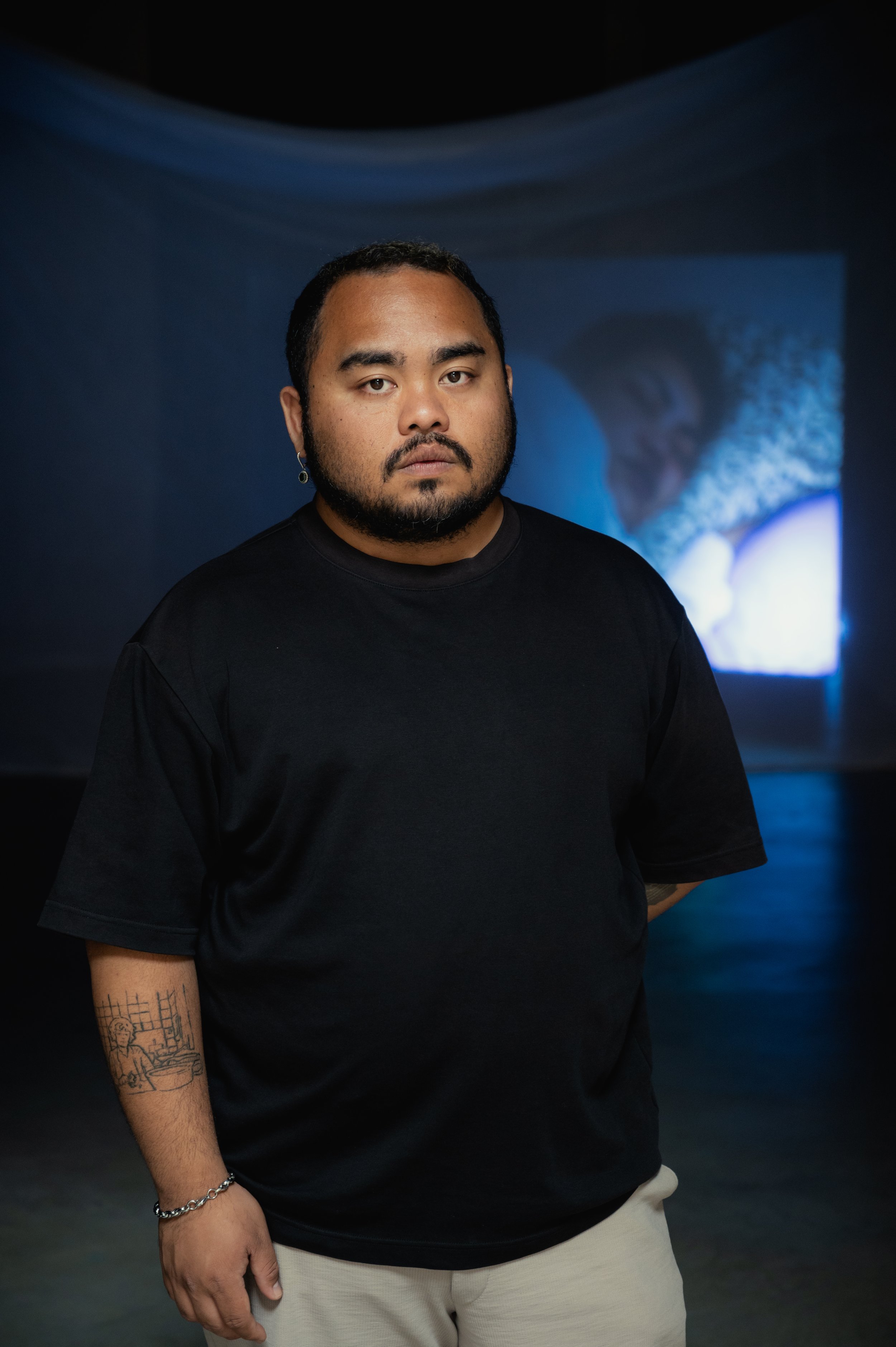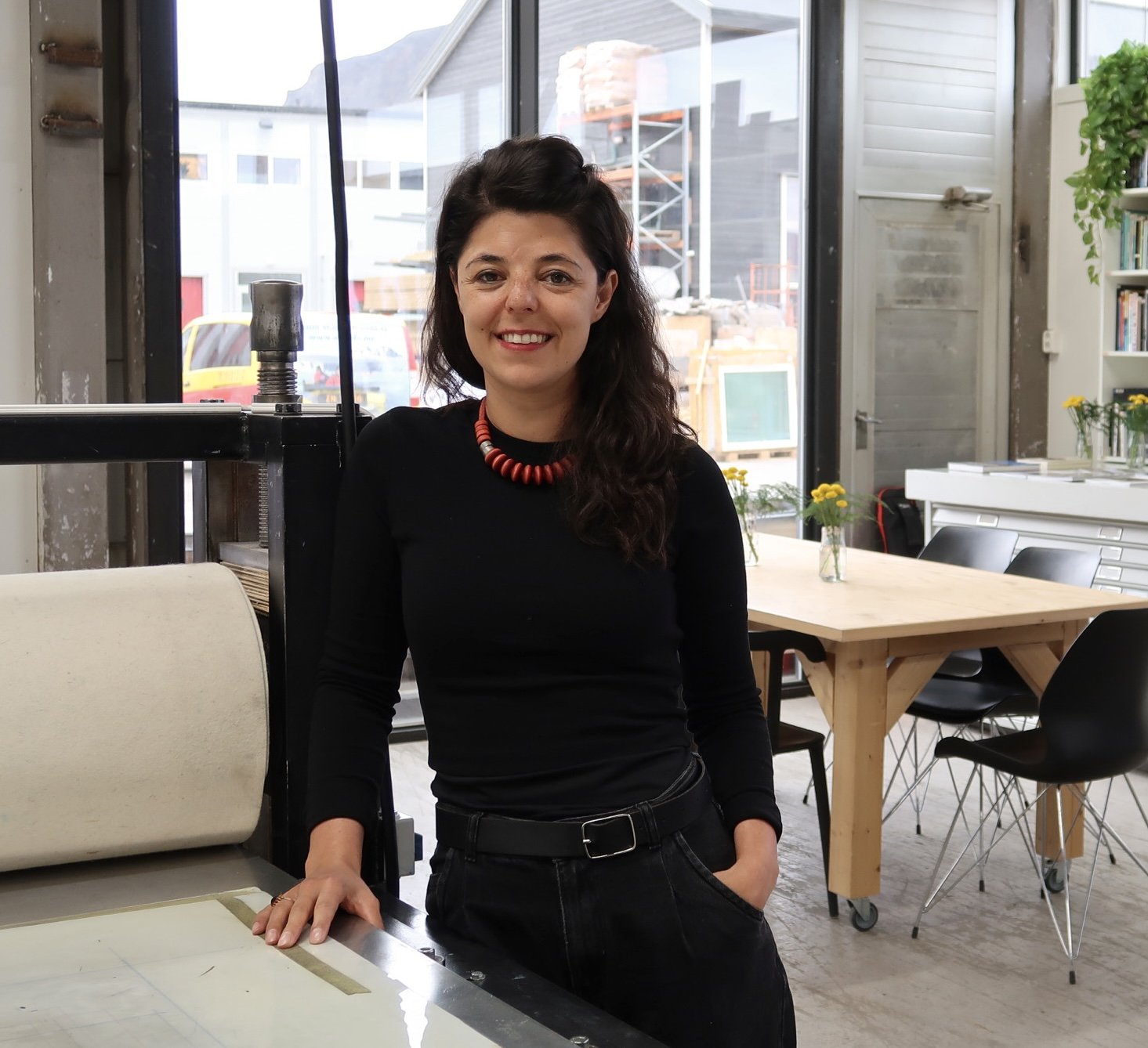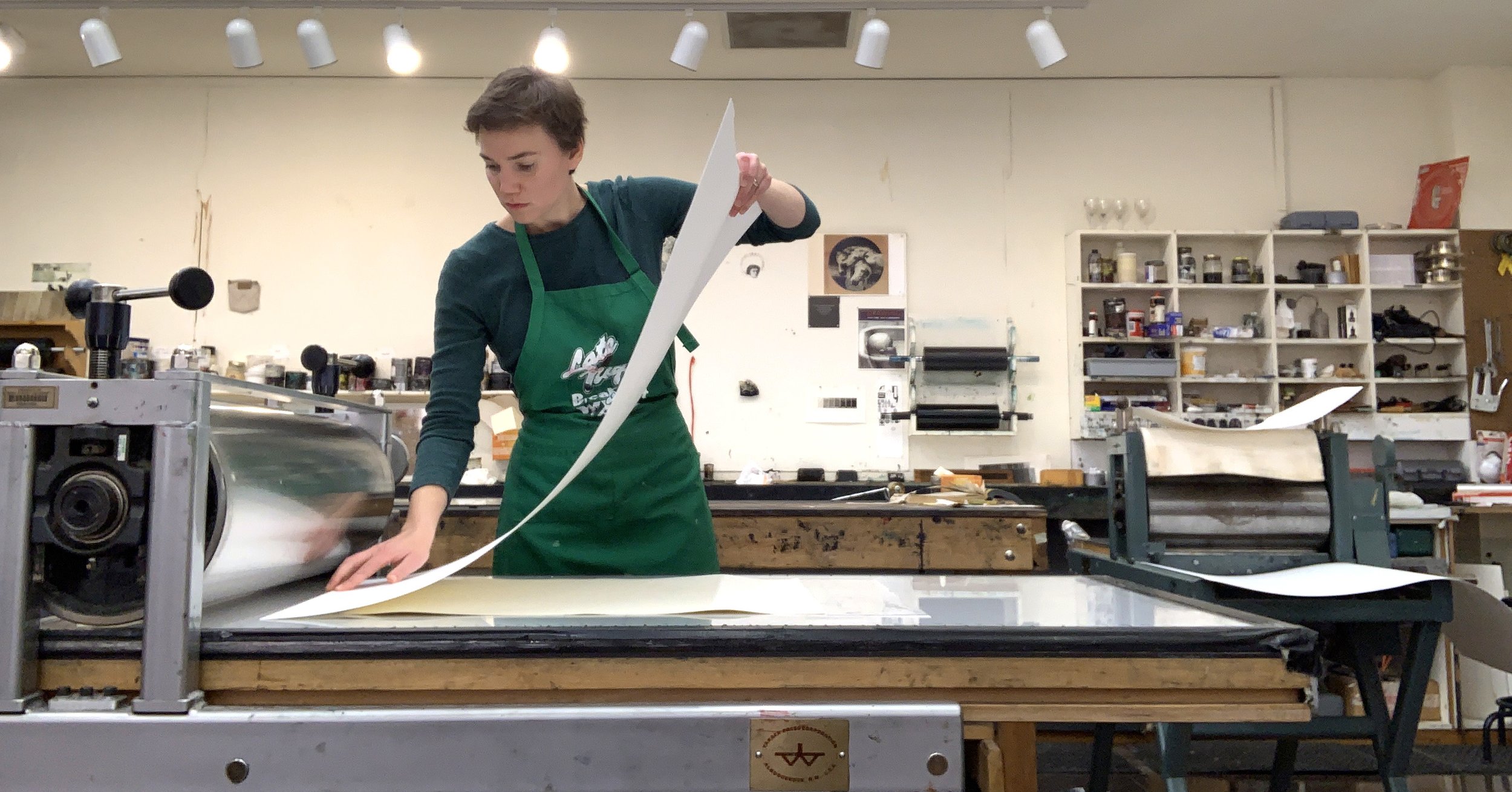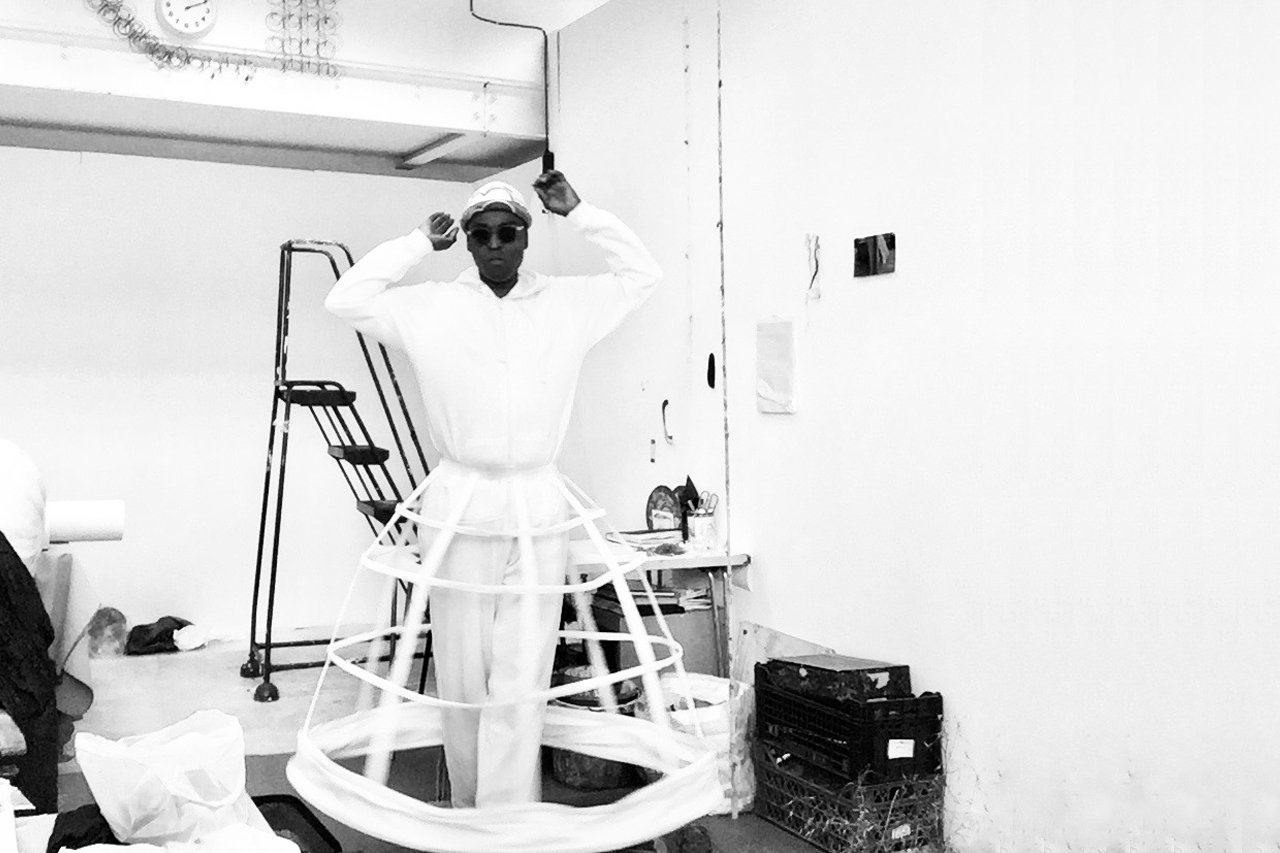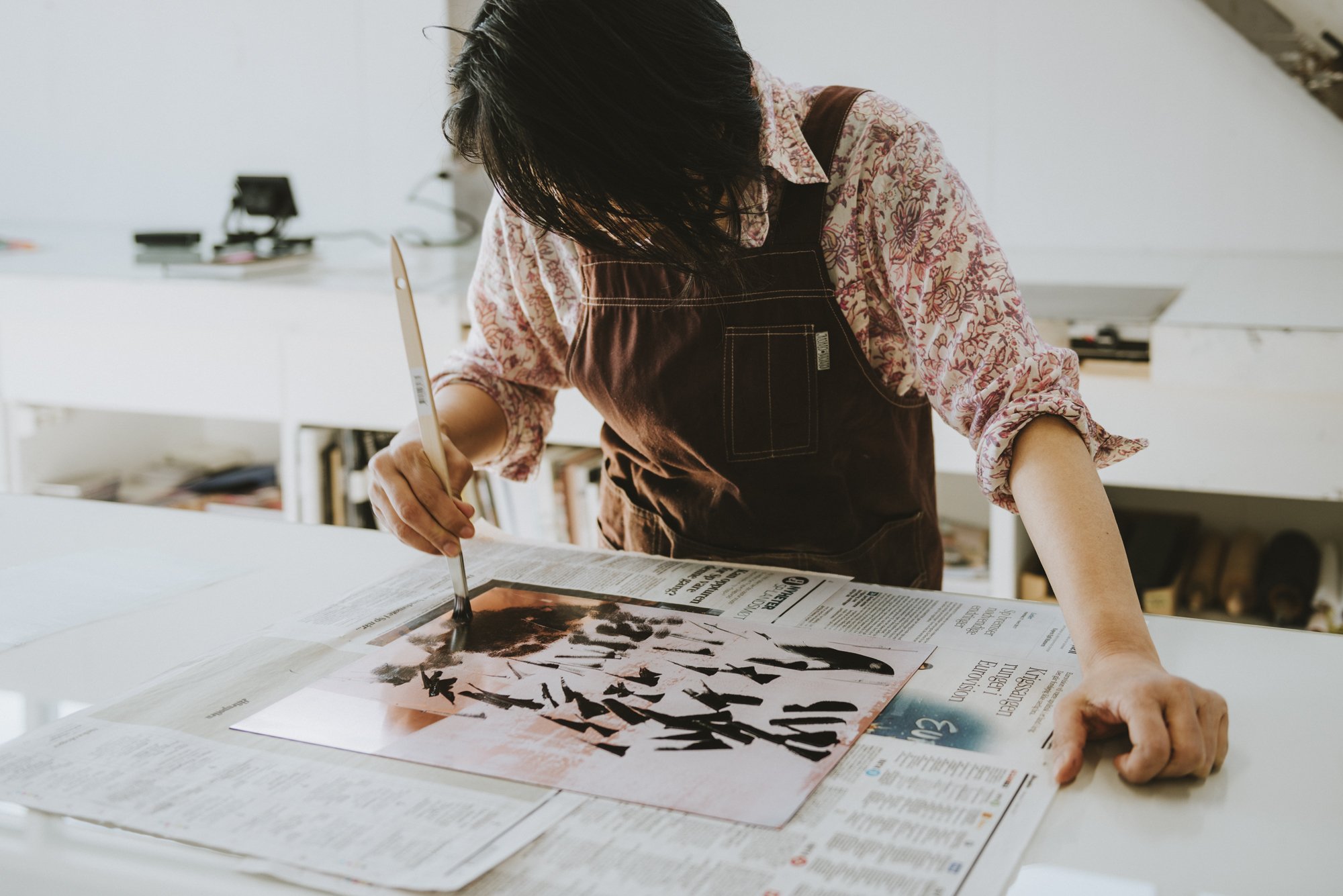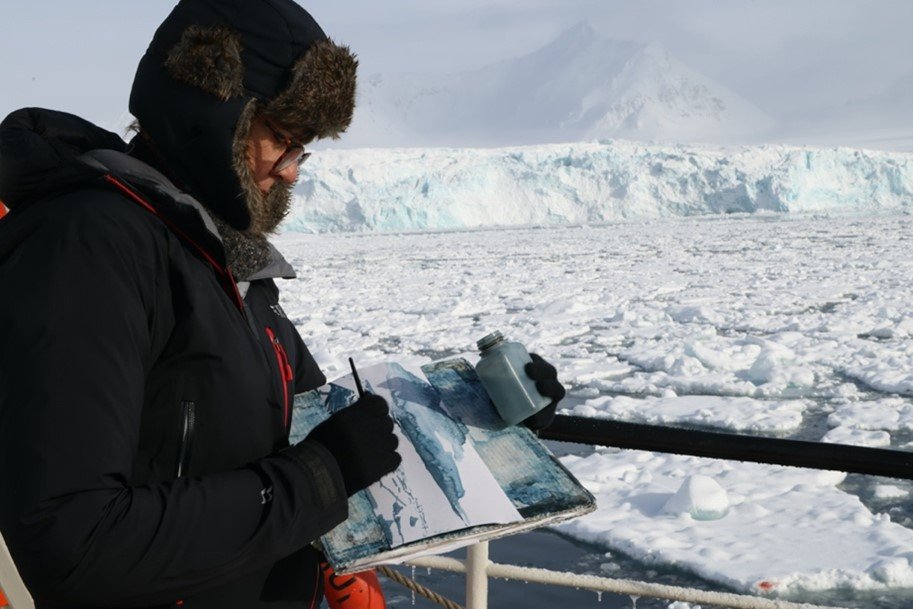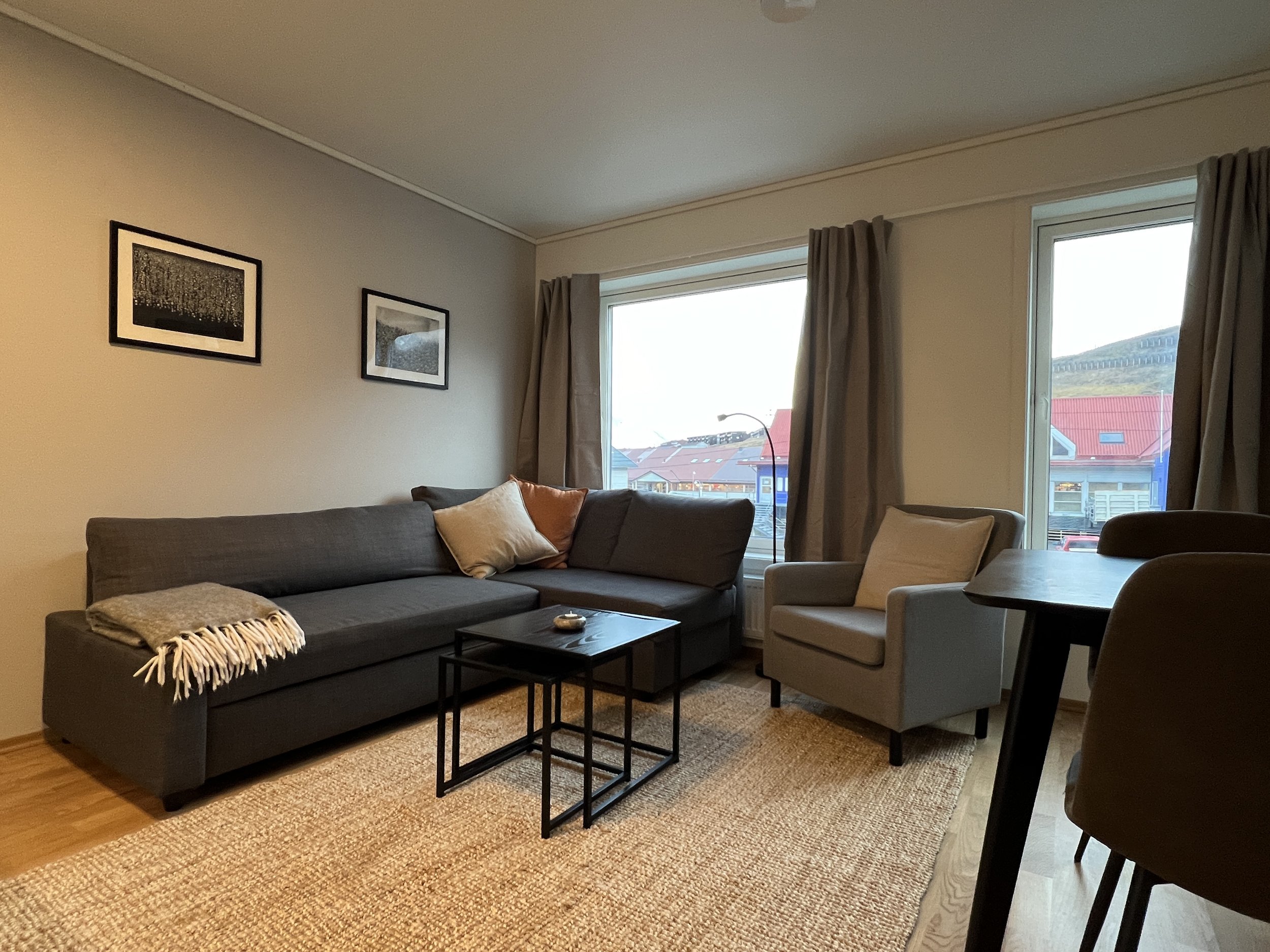
ALUMNI
Below you will find details of Artica Svalbard’s alumni.
At Artica Svalbard, we value our ongoing relationship with former residents and believe in building lasting connections. If you are a past resident and would like to return to Svalbard, we would love to hear from you. Whether you're looking to build upon your previous work or embark on a new project, our doors are always open. While securing your own funding is required, you will have access to all of our facilities and the inspiring environment of Svalbard.
For more information, see our Independently-Funded Residencies page.
Nastassja Simensky returns to Artica Svalbard following her 2024 residency, which was supported through a nomination by the Office for Contemporary Art Norway (OCA). Her ongoing work explores the unevenly distributed impacts of global energy regimes and extractive processes on particular geographies over time, using fieldwork as a central method. Simensky frequently collaborates with artists and non-artists alike to produce authored and co-authored works across a variety of media—including live performance, sound, text, amateur radio, moving image, and installation.
Clara Arnaud is a French writer and winner of the Ecology Novel Prize in France. Her literary work—both fiction and non-fiction—explores political and ecological themes, questioning our way of inhabiting the world. She has travelled extensively off the beaten track, mostly on foot or horseback, and has also worked as a consultant in international cooperation, leading missions across sub-Saharan Africa and Latin America.
Endi Poskovic is a Bosnian-born artist whose work bridges the realms of printmaking, memory, and environmental consciousness. Educated in Yugoslavia, Norway, and the United States, he initially trained as a musician, performing across Europe and the Middle East before transitioning into the visual arts. He earned his M.F.A. from the State University of New York in 1993 and has since exhibited internationally, from the Shanghai Print Biennial to the Krakow International Triennial and the International Print Center in New York.
Lilian Kroth is a postdoctoral researcher at the Department of Philosophy at the University of Fribourg (CH), and works at the intersection of history and philosophy of science and art. In her current projects, she engages with vertical knowledge and remote sensing technologies, (“Seeing like a Satellite. Drawing as a Research Method to Investigate Icy Environments”, 2025; “Aerial Spatial Revolution”, 2024-2027; Swiss National Science Foundation).
Katie Paterson is widely regarded as one of the leading artists of her generation. Collaborating with scientists and researchers across the world, Paterson’s projects consider our place on Earth in the context of geological time and change. Her artworks make use of sophisticated technologies and specialist expertise to stage intimate, poetic, and philosophical engagements between people and their natural environment.
VestAndPage are Verena Stenke and Andrea Pagnes, interdisciplinary artists, writers, and curators who have worked internationally with a focus on collaborative and research-based performance art and film since 2006. Their works are contextual and situation-responsive, embodying philosophical, ecological, and queer feminist thought.
Ecologist Sanne Moedt and artist Floortje Zonneveld come from different disciplines, but their work converges in a shared passion for the Arctic—its landscapes, ecosystems, and the stories embedded within them. Their collaboration, Shadowing Without a Sunset, bridges scientific research and artistic storytelling, making Arctic science more accessible through creative engagement.
Tomas Colbengtson, winner of the 2024 Queen Sonja Print Award, is a Sami artist whose work examines the impact of colonialism on indigenous communities, with a particular focus on the Sami people. Born in Björkvattnet, Colbengtson’s art draws on Sami history and collective memory. His printmaking often employs materials that cast shadows, reflecting themes of visibility, loss, and resilience within indigenous cultures.
Siri Helle is a nonfiction author and journalist whose work often explores themes of environmental responsibility, rural life, and practical engagement with the world around us.
With a background in ecological agriculture, Helle’s writing reflects her deep interest in how our connection to place influences our actions and responsibilities, both locally and globally.
Cléa Darnaud is a french drawer and intaglio engraver. In her practice, she uses traditional drawing as well as engraving to develop various illustration and publishing projects. Since 2018, she has completed several artistic residencies in France and abroad, notably in Canada, Finland, Luxembourg and Greenland. Both a moment of life and an artistic material, travel allows her to wander through the accidents of the landscape and daily life in order to collect snippets of memories.
Mhairi Killin is a visual artist from the Isle of Iona in the Inner Hebrides of Scotland. She makes her return to Svalbard this February to continue the research and development of ‘Svalbard & The Hebrides - Island Archipelagoes in the Anthropocene’, which started at Artica in October/ November last year.
Sébastien Robert (b. 1993. Nantes, FR) is an interdisciplinary artist and researcher developing a practice at the intersection of visual and sound art, technology, science and ethnography. Most of his projects revolve around a research cycle, ‘You’re no Bird of Paradise’, through which he explores disappearing Indigenous sonic rituals and cosmologies.
Liryc Dela Cruz is an artist and filmmaker from Tupi, South Cotabato in Mindanao, Philippines based in Rome, Italy. His work has been performed and shown at numerous international film festivals and contemporary art venues.
Mhairi Killin is a visual artist who lives on the Isle of Iona in the Inner Hebrides of Scotland where she works with the precious relationships between land, sea, humans, and other living beings.
Nastassja Simensky is an artist based in Nottingham, UK. She uses fieldwork to explore and understand how complex issues around history and heritage, power and governance, ecology and the geopolitics of extraction are crystallised in specific geographies.
We are pleased to welcome back artist Inma Herrera who returns to Longyearbyen continue her project Artic Tales of Mother Earth. Herrera is a Helsinki-based artist, recipient of the Ducat Prize in 2020, and a former resident at the Royal Academy of Spain in Rome from 2017 to 2018.
Ellen Heck works as a printmaker in North Carolina. Over the past decade, through several print projects, she has explored specific questions about identity—its creation, variability, persistence and change—by combining subject matter and thematically resonant printmaking techniques.
Endre Harvold Kvangraven is a writer, researcher, and wildlife enthusiast. His research centers on the relations between humans and birds in contemporary Scandinavian literature.
Januario Jano is an interdisciplinary visual artist, who lives and works in London, Luanda and Lisbon. He holds a MFA in Fine Art from Goldsmiths University, and his practice spans across sculpture, video, photography, textile, sound installations, and performance, and it is substantially research-based.
Kamil Kak is an artist based in Oslo and Berlin, navigating the intersections of queer liberation, immigrants' experiences, and the fragility of recent historical narratives.






